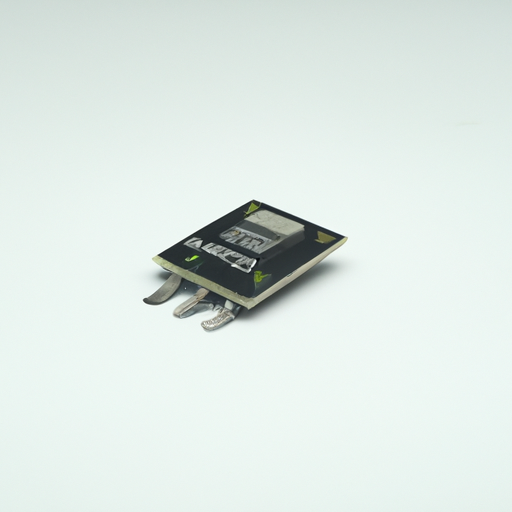MM74HC174N Humidity, Moisture Sensors highlighting the core functional technology articles and application development cases of Humidity, Moisture Sensors that are effective.
Overview of Humidity and Moisture Sensors
Humidity and moisture sensors are essential devices used to measure the amount of water vapor in the air or the moisture content in materials. They are widely utilized across various industries, including HVAC, agriculture, consumer electronics, and environmental monitoring. Below is a detailed overview of the core functional technologies and application development cases for these sensors.
Core Functional Technologies of Humidity and Moisture Sensors
| 1. Capacitive Humidity Sensors | |
| 2. Resistive Humidity Sensors | |
| 3. Thermal Conductivity Sensors | |
| 4. Optical Humidity Sensors | |
| 5. Microelectromechanical Systems (MEMS) Sensors | |
| 1. HVAC Systems | |
| 2. Agriculture | |
| 3. Consumer Electronics | |
| 4. Industrial Applications | |
| 5. Weather Stations | |
| 6. Building Automation | |
Application Development Cases
Conclusion

Humidity and moisture sensors are pivotal in various applications across multiple industries. Their core technologies, including capacitive, resistive, and MEMS sensors, provide diverse solutions for monitoring and controlling humidity levels. As technology continues to evolve, the integration of these sensors into IoT systems and smart devices enhances their effectiveness and broadens their application scope, contributing to improved efficiency, comfort, and sustainability in various sectors.
Overview of Humidity and Moisture Sensors
Humidity and moisture sensors are essential devices used to measure the amount of water vapor in the air or the moisture content in materials. They are widely utilized across various industries, including HVAC, agriculture, consumer electronics, and environmental monitoring. Below is a detailed overview of the core functional technologies and application development cases for these sensors.
Core Functional Technologies of Humidity and Moisture Sensors
| 1. Capacitive Humidity Sensors | |
| 2. Resistive Humidity Sensors | |
| 3. Thermal Conductivity Sensors | |
| 4. Optical Humidity Sensors | |
| 5. Microelectromechanical Systems (MEMS) Sensors | |
| 1. HVAC Systems | |
| 2. Agriculture | |
| 3. Consumer Electronics | |
| 4. Industrial Applications | |
| 5. Weather Stations | |
| 6. Building Automation | |
Application Development Cases
Conclusion

Humidity and moisture sensors are pivotal in various applications across multiple industries. Their core technologies, including capacitive, resistive, and MEMS sensors, provide diverse solutions for monitoring and controlling humidity levels. As technology continues to evolve, the integration of these sensors into IoT systems and smart devices enhances their effectiveness and broadens their application scope, contributing to improved efficiency, comfort, and sustainability in various sectors.











